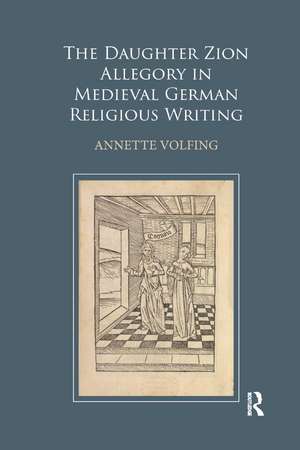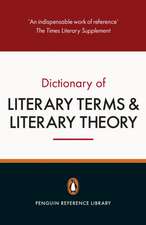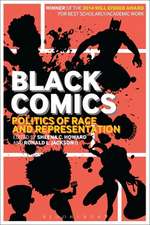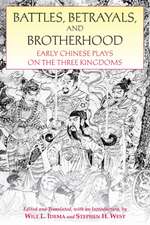The Daughter Zion Allegory in Medieval German Religious Writing
Autor Annette Volfingen Limba Engleză Paperback – 12 dec 2019
| Toate formatele și edițiile | Preț | Express |
|---|---|---|
| Paperback (1) | 259.51 lei 6-8 săpt. | |
| Taylor & Francis – 12 dec 2019 | 259.51 lei 6-8 săpt. | |
| Hardback (1) | 764.20 lei 6-8 săpt. | |
| Taylor & Francis – 9 iun 2017 | 764.20 lei 6-8 săpt. |
Preț: 259.51 lei
Preț vechi: 311.18 lei
-17% Nou
Puncte Express: 389
Preț estimativ în valută:
49.66€ • 52.02$ • 41.16£
49.66€ • 52.02$ • 41.16£
Carte tipărită la comandă
Livrare economică 09-23 aprilie
Preluare comenzi: 021 569.72.76
Specificații
ISBN-13: 9780367881207
ISBN-10: 0367881209
Pagini: 232
Dimensiuni: 156 x 234 mm
Greutate: 0.43 kg
Ediția:1
Editura: Taylor & Francis
Colecția Routledge
Locul publicării:Oxford, United Kingdom
ISBN-10: 0367881209
Pagini: 232
Dimensiuni: 156 x 234 mm
Greutate: 0.43 kg
Ediția:1
Editura: Taylor & Francis
Colecția Routledge
Locul publicării:Oxford, United Kingdom
Cuprins
Preface
1. The Daugher Zion tradition: Origins and contours
2. Narrativizing the metaphor: Latin prose and German verse
3. German and Dutch prose versions
4. Male brides of Christ: Friedrich Sunder and Heinrich Seuse
5. Daughter Zion in Engelthal: Christine Ebner and Adelheid Langmann
6. Beating the bride into shape: Konrads Büchlein von der geistlichen Gemahelschaft and Christus und die minnende Seele
Conclusion
1. The Daugher Zion tradition: Origins and contours
2. Narrativizing the metaphor: Latin prose and German verse
3. German and Dutch prose versions
4. Male brides of Christ: Friedrich Sunder and Heinrich Seuse
5. Daughter Zion in Engelthal: Christine Ebner and Adelheid Langmann
6. Beating the bride into shape: Konrads Büchlein von der geistlichen Gemahelschaft and Christus und die minnende Seele
Conclusion
Notă biografică
Annette Volfing is Professor of Medieval German Studies at the University of Oxford and a Fellow of Oriel College, UK. She is a Fellow of the British Academy.
Descriere
Examining medieval German religious writing (verse and prose) and Dutch prose works, Annette Volfing suggests that the Daughter Zion allegory provides an excellent springboard for investigating key aspects of medieval religious and literary culture. She argues that the development of the allegory from the twelfth to the fifteenth centuries marks th












